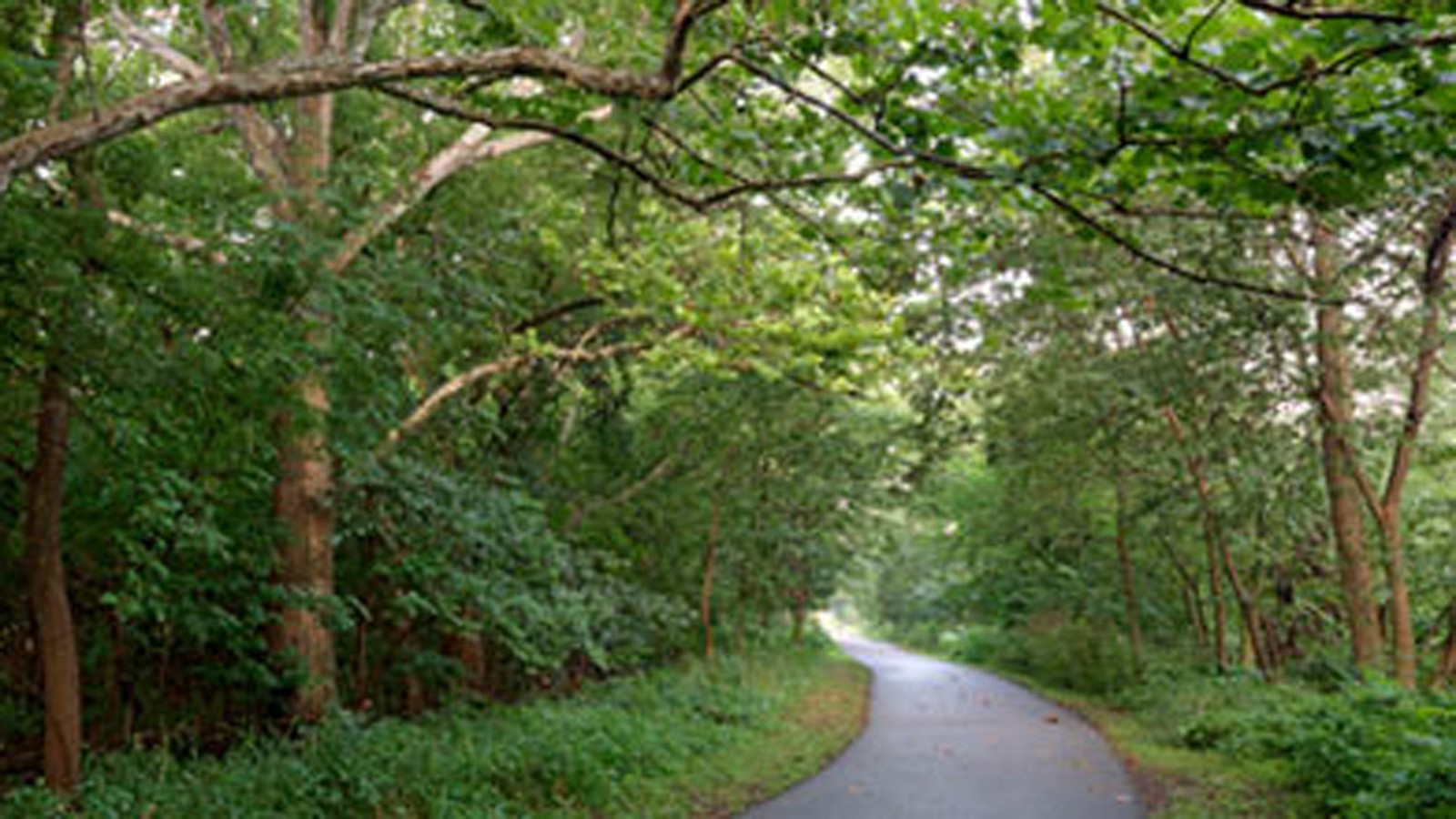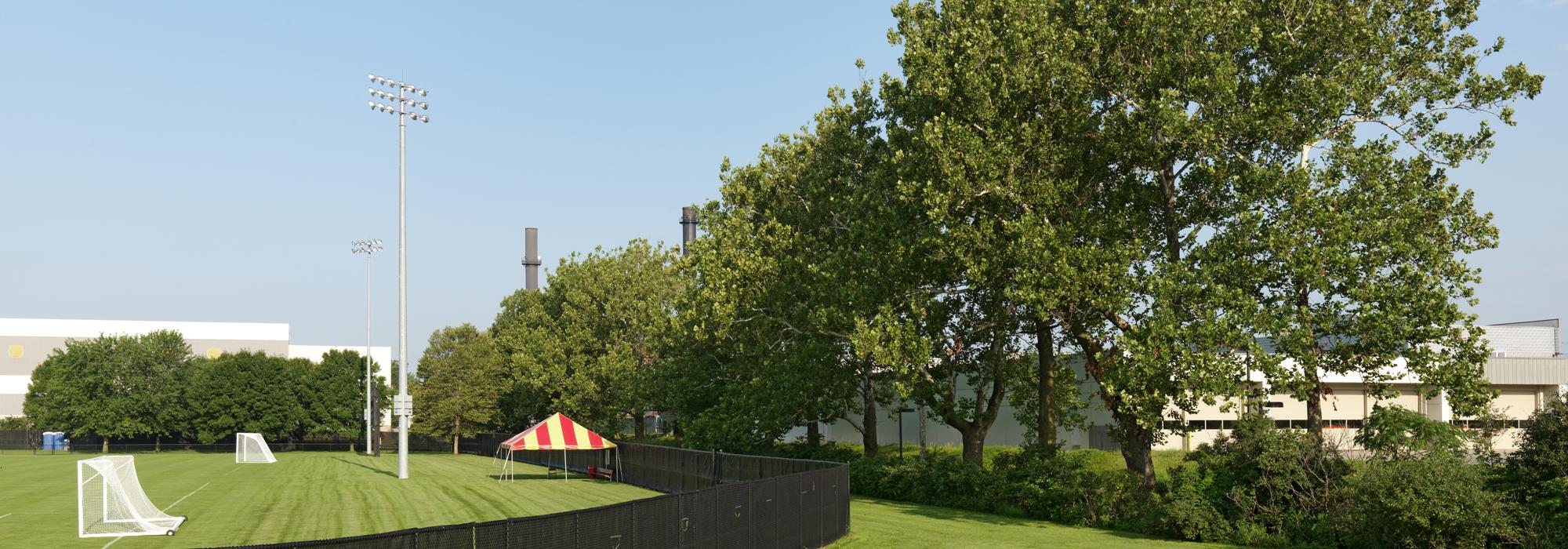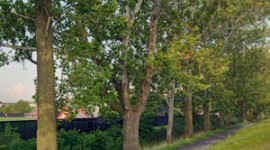Iowa State University’s Plans Adapted to Save Sycamore Row

Iowa State University has scrapped plans to remove two sycamore trees along the campus' historically, environmentally and culturally significant Sycamore Row. Dialogue between concerned members of the University community and administration has resulted in a reprieve for the specimens which were featured in TCLF’s 2010 annual Landslide compendium Every Tree Tells a Story.
In December of 2012, the University announced its intention to remove two of the trees as part of flood mitigation plans designed to protect a campus recreational facility. Plans called for the creation of a large berm surrounding the recreation building and the removal of two trees in-line with the proposed berm. At the time University officials believed that the plan was their only cost-effective option which would both protect the building and retain the existing alignment of a heavily used campus bike trail.
In January 2013, an alternative design was developed through discussions with a faculty committee charged with oversight of campus natural resources used for teaching. This design, which shifts the bike trail alignment only slightly, meets FEMA berm criteria, and allows the trees to remain in place, although with some impact within their drip lines. While some concerns about the long-term health and condition of the trees remain, the natural characteristics of sycamores provide hope that they can persist despite the impact on their immediate environment. Sycamores are indigenous to flood-plain habitats, which are frequently inundated with floodwater, causing hypoxia in soils.
Campus faculty members have used the controversy to facilitate a learning opportunity for students enrolled in the landscape architecture and horticulture programs. A team of four students majoring in horticulture and landscape architecture is documenting and studying the cause of the flooding, the creation of flood mitigation plans, and the impact on the trees during the plan’s implementation in the spring of 2013. The students will continue to document the impact of the construction project on the trees throughout the year and into the future. Second-year landscape architecture students will spend two-weeks collecting data about the condition and history of the trees in Sycamore Row. It is hoped that these opportunities will lead Sycamore Row to assume yet another role on the University campus by providing a unique, experiential learning opportunity for students concerned with landscape plants and planning.





